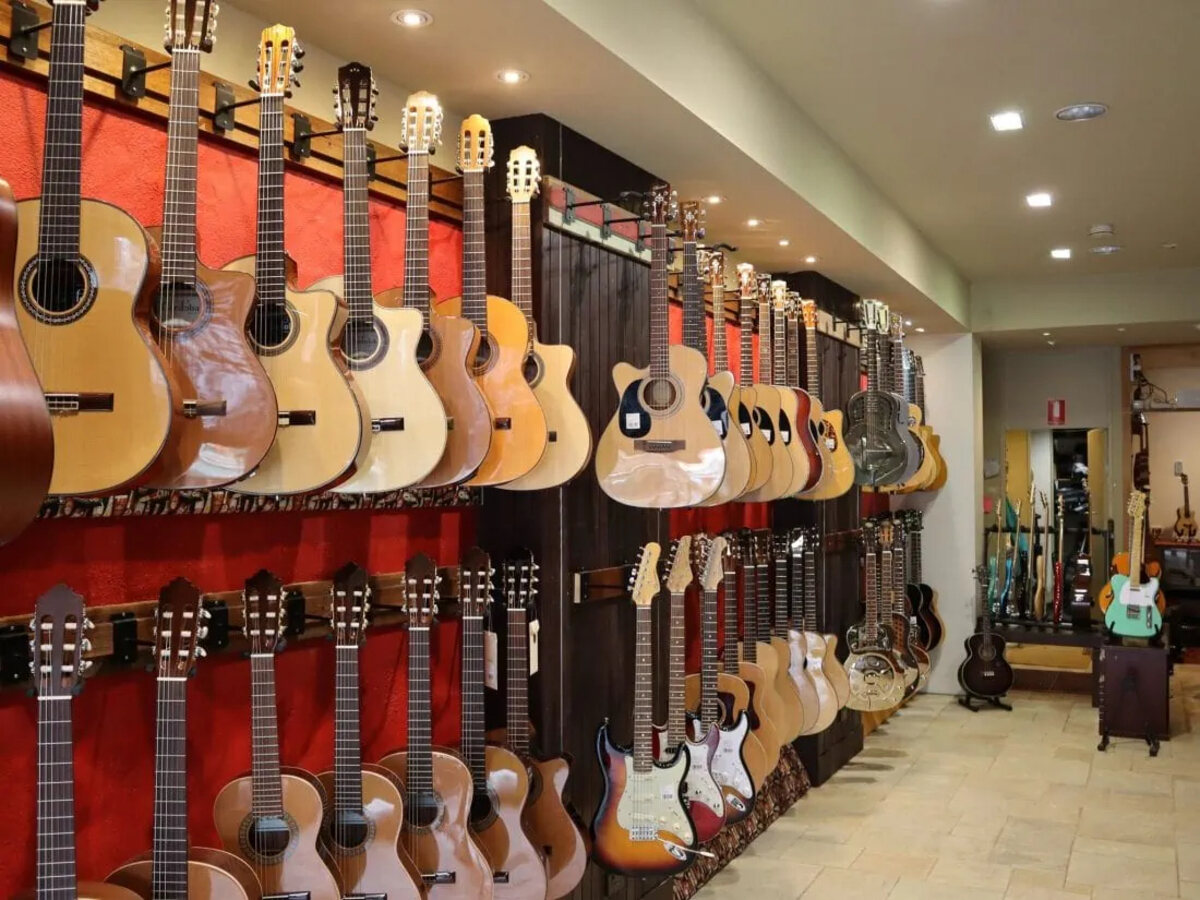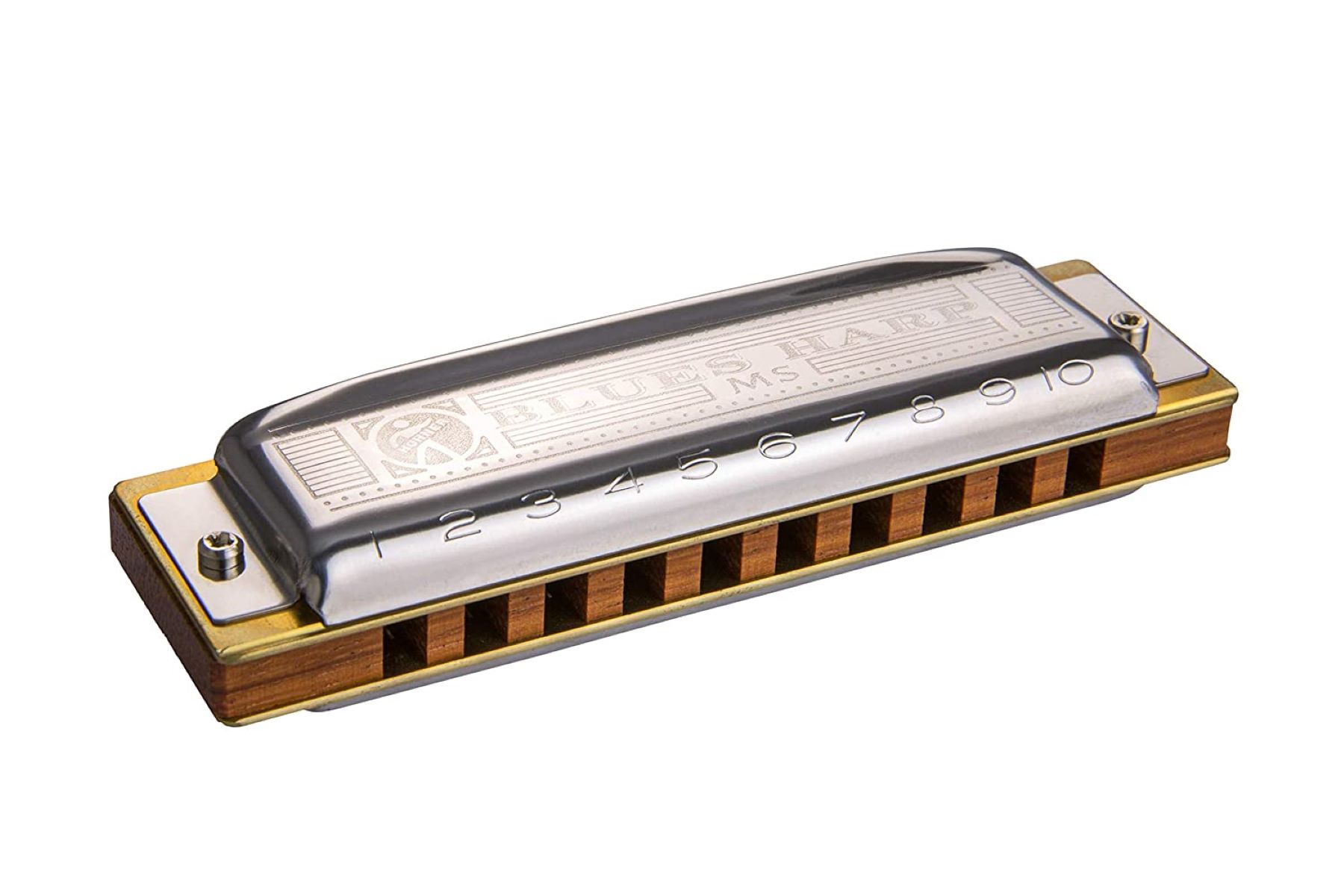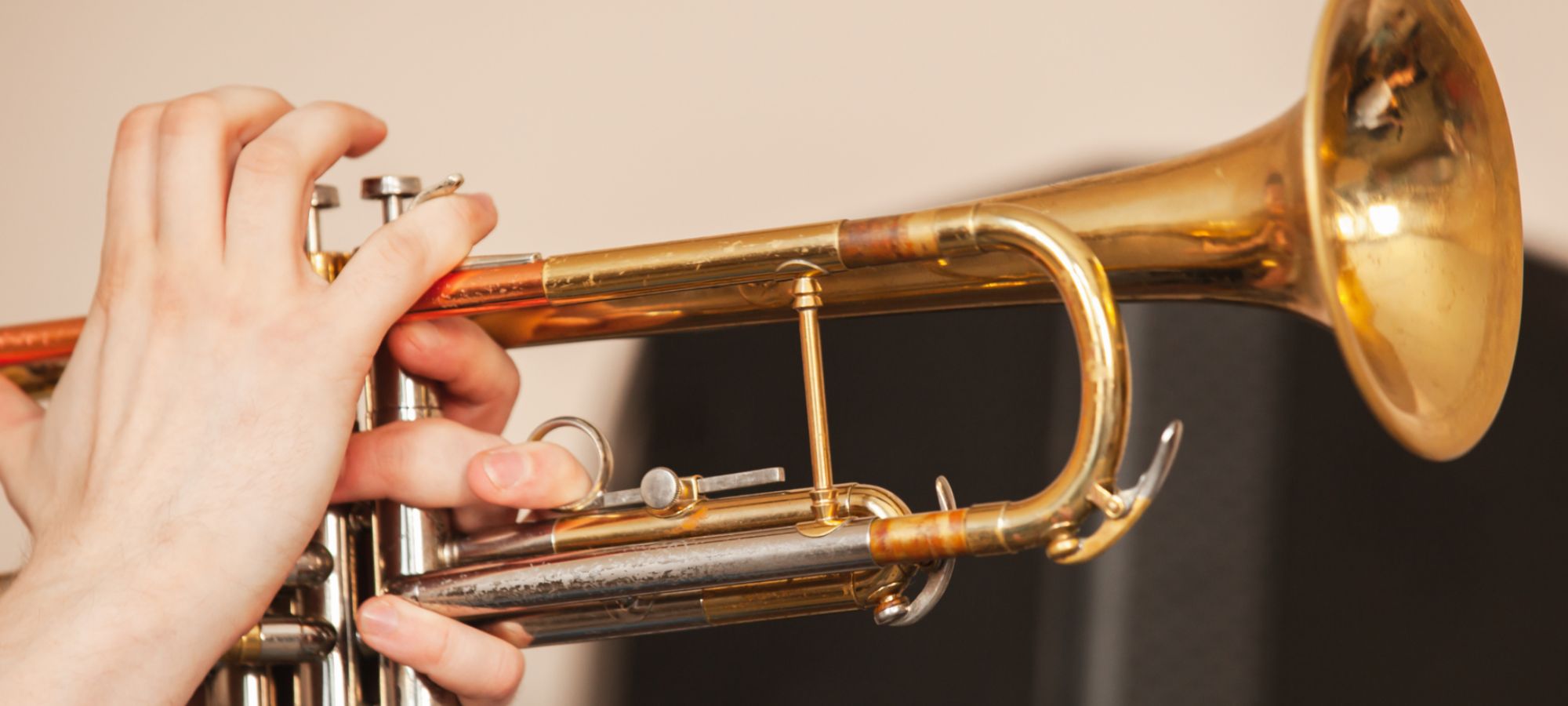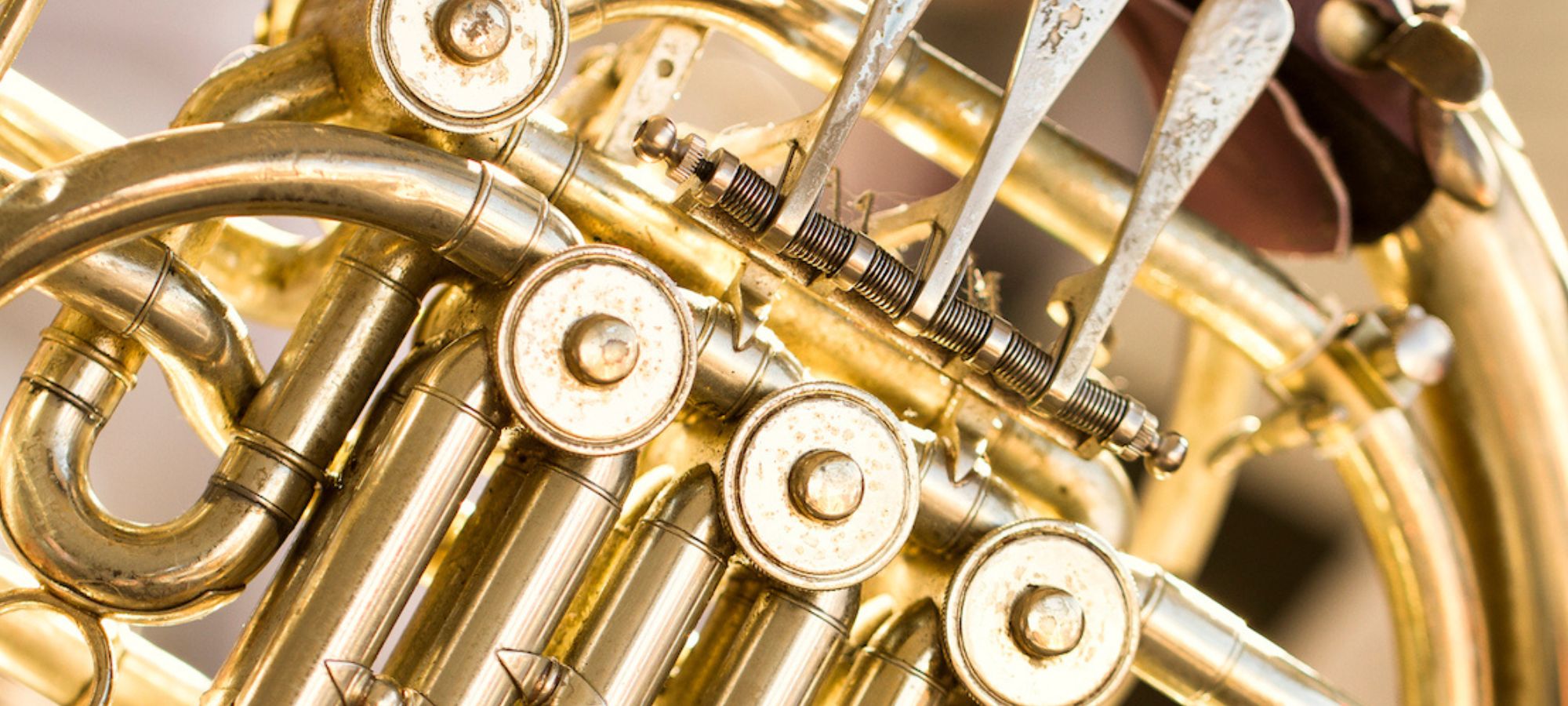Home>Instruments>Guitar>What Type Of Instrument Is A Guitar


Guitar
What Type Of Instrument Is A Guitar
Published: February 15, 2024
Learn about the guitar as a versatile musical instrument, its history, different types, and how to play and care for it. Discover the beauty of the guitar!
(Many of the links in this article redirect to a specific reviewed product. Your purchase of these products through affiliate links helps to generate commission for AudioLover.com, at no extra cost. Learn more)
Table of Contents
Introduction
The guitar is a versatile and beloved musical instrument that has captured the hearts of music enthusiasts for centuries. With its ability to produce a wide range of sounds, the guitar has become a staple in nearly every genre of music, from classical to rock, pop, and beyond. Its popularity knows no bounds, making it one of the most widely played instruments across the globe.
The guitar's rich history dates back to ancient civilizations, where variations of the instrument were used to produce captivating melodies and rhythms. Over time, the guitar has undergone numerous transformations, leading to the development of distinct types, each with its own unique characteristics and tonal qualities.
In this comprehensive guide, we will explore the various types of guitars, shedding light on their individual attributes, playing styles, and the genres they are commonly associated with. Whether you're a seasoned guitarist or a curious music enthusiast, this exploration will deepen your understanding of this iconic instrument and its diverse manifestations. From the soothing melodies of classical guitars to the electrifying riffs of electric guitars, each type offers a distinct sonic experience that contributes to the guitar's enduring allure. Let's embark on a journey through the captivating world of guitars, where we'll uncover the nuances of acoustic, electric, classical, and bass guitars, delving into their unique characteristics and the roles they play in shaping the musical landscape.
Acoustic Guitars
Acoustic guitars are revered for their timeless appeal and rich, resonant sound. These instruments rely on the natural amplification of the hollow body to produce their distinctive tones, making them a popular choice for intimate solo performances, campfire sing-alongs, and unplugged sessions. The acoustic guitar’s versatility allows it to be featured in a wide array of musical genres, including folk, country, blues, and pop.
One of the defining features of acoustic guitars is their hollow body, which serves as a sound chamber that amplifies the vibrations of the strings. This design contributes to the warm and organic timbre that is characteristic of acoustic guitars. Additionally, acoustic guitars can be further categorized into steel-string and classical (nylon-string) variants, each offering a unique playing experience and tonal palette.
- Steel-String Acoustic Guitars: Known for their bright and crisp sound, steel-string acoustic guitars are favored by singer-songwriters and performers seeking a robust, articulate tone. These guitars are often used in contemporary genres such as pop, rock, and country, where their vibrant sound cuts through the mix with clarity and presence.
- Classical (Nylon-String) Acoustic Guitars: Renowned for their mellow and nuanced sound, classical guitars feature nylon strings that produce a softer, more delicate tonal quality. Embraced in classical music, flamenco, and Latin styles, classical acoustic guitars offer a warm, romantic sound that is well-suited for intricate fingerstyle playing and melodic expression.
Acoustic guitars are cherished for their portability, allowing musicians to create captivating music without the need for amplification. Whether strummed gently for melodic accompaniment or fingerpicked to showcase intricate patterns, the acoustic guitar remains a beloved instrument that continues to inspire creativity and emotional resonance in both performers and listeners.
Electric Guitars
Electric guitars have revolutionized the world of music with their electrifying sound and dynamic capabilities. These instruments, equipped with magnetic pickups and electronic components, have played a pivotal role in shaping the sonic landscape of various genres, including rock, blues, jazz, and beyond. The electric guitar’s ability to produce a wide range of tones, from searing leads to expressive solos, has made it a staple in live performances and studio recordings.
One of the defining features of electric guitars is their solid or semi-hollow body construction, which minimizes acoustic resonance and relies on amplification to produce sound. This design allows electric guitars to be amplified to higher volumes and manipulated through effects pedals and amplifiers, unleashing a boundless spectrum of sonic possibilities.
- Single-Coil and Humbucker Pickups: Electric guitars are equipped with pickups that capture string vibrations and convert them into electrical signals. Single-coil pickups deliver a bright, clear sound with a distinctive twang, while humbucker pickups offer a warmer, thicker tone with reduced noise and hum, making them well-suited for high-gain distortion and powerful rhythm playing.
- Versatility and Effects: Electric guitars are celebrated for their versatility, allowing musicians to explore a myriad of tones through the use of effects pedals, amplifiers, and tone-shaping controls. From lush reverb and soaring delay to gritty overdrive and intense distortion, electric guitars empower players to craft their signature sound and experiment with sonic textures.
Electric guitars have become synonymous with iconic players who have pushed the boundaries of musical expression, from the blistering solos of rock legends to the soulful phrasing of blues virtuosos. Their sleek, contoured designs and diverse tonal capabilities continue to inspire generations of musicians, serving as a catalyst for innovation and artistic exploration.
Classical Guitars
Classical guitars, also known as nylon-string guitars, evoke a sense of timeless elegance with their gentle, melodic resonance and rich heritage. Renowned for their association with classical and flamenco music, these instruments are characterized by their nylon strings, wide neck, and mellow tonal qualities. The classical guitar’s expressive capabilities and intricate fingerstyle playing have cemented its status as a beloved instrument in the realm of classical and acoustic music.
One of the defining features of classical guitars is their nylon strings, which produce a warm, rounded sound that is gentle on the fingers and ears. The inherent mellowness of nylon strings lends itself to the emotive phrasing and delicate nuances prevalent in classical compositions, allowing for the nuanced expression of melody and harmony.
- Fingerstyle Mastery: Classical guitars are often played using fingerstyle techniques, where the fingers pluck the strings with precision and dexterity to convey intricate melodies and polyphonic textures. This approach emphasizes the instrument’s expressive potential, allowing for the seamless intertwining of melody, harmony, and bass lines.
- Traditional Repertoire: The classical guitar repertoire encompasses a wealth of timeless compositions, including works by renowned composers such as Francisco Tárrega, Fernando Sor, and Johann Sebastian Bach. These pieces showcase the instrument’s ability to evoke profound emotions and convey musical narratives with grace and finesse.
Classical guitars exude a sense of intimacy and sophistication, inviting players to explore the nuances of tone and technique while embracing the rich tradition of classical music. Whether performing solo recitals, chamber music, or collaborative ensembles, classical guitars continue to captivate audiences with their timeless charm and evocative soundscapes.
Bass Guitars
Bass guitars serve as the rhythmic foundation and harmonic backbone of countless musical compositions, providing depth, groove, and resonance to a wide spectrum of genres, including rock, funk, jazz, and beyond. These instruments, distinguished by their long scale length and lower register, play a crucial role in shaping the overall sound and feel of a musical ensemble, anchoring the rhythmic pulse and adding a compelling low-end presence.
One of the defining features of bass guitars is their four-string (and sometimes five or six-string) configuration, which enables players to explore deep, resonant tones and intricate bass lines that underpin the harmonic structure of a song. The deep, rumbling sound of the bass guitar forms a symbiotic relationship with the drums, creating a cohesive rhythmic foundation that drives the music forward.
- Rhythmic Groove: Bass guitars are revered for their ability to establish rhythmic groove and provide a solid foundation for the band’s interplay. The instrument’s deep, resonant tones and syncopated patterns contribute to the overall feel and momentum of the music, fostering a sense of cohesion and energy within the ensemble.
- Melodic Expression: While primarily serving a rhythmic role, bass guitars also showcase melodic potential, allowing players to craft captivating bass lines and melodic motifs that complement the song’s harmonic structure and add depth to the musical arrangement.
Bass guitars occupy a unique sonic space, bridging the gap between rhythm and melody while infusing compositions with a powerful low-end presence. Whether laying down a pulsating groove, embellishing a melodic passage, or driving the musical narrative forward, bass guitars play an indispensable role in shaping the sonic tapestry of modern music.
Conclusion
The world of guitars is a vibrant tapestry of sonic diversity, artistic expression, and cultural significance. From the soul-stirring resonance of acoustic guitars to the electrifying energy of electric guitars, the timeless elegance of classical guitars, and the rhythmic foundation of bass guitars, each type of guitar offers a unique pathway for musicians to explore and innovate.
Throughout history, guitars have transcended musical boundaries, captivating audiences with their emotive melodies, blistering solos, and rhythmic prowess. They have become emblematic of artistic freedom, creativity, and the universal language of music, connecting people across generations and cultures.
As aspiring musicians embark on their musical journeys, the diverse array of guitars beckons with boundless possibilities, inviting players to carve their sonic identities, express their emotions, and contribute to the ever-evolving tapestry of musical artistry.
Whether strummed under the stars, wailing through amplifiers, resonating in concert halls, or pulsating through speakers, guitars continue to hold a cherished place in the hearts of music enthusiasts worldwide. Their enduring allure serves as a testament to the instrument’s ability to inspire, uplift, and unite people through the universal language of music.











